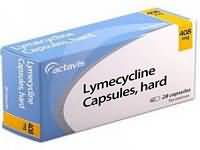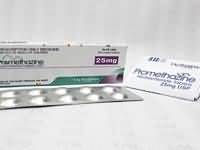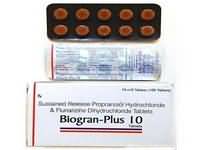Lymecycline

CLINICAL USE
Antibacterial agent:Also used for treatment of acneDOSE IN NORMAL RENAL FUNCTION
408 mg (1 capsule) twice daily, increasing to 3–4 capsules daily in severe infectionsAcne: 408 mg daily for at least 8 weeksPHARMACOKINETICS
DOSE IN RENAL IMPAIRMENT
GFR (mL/MIN)
DOSE IN PATIENTS UNDERGOING RENAL REPLACEMENT THERAPIES
IMPORTANT DRUG INTERACTIONS
Potentially hazardous interactions with other drugsADMINISTRATION
Reconstition
–Route
OralRate of Administration
–Comments
Do not take iron preparations, indigestion remedies or phosphate binders at the same time of day as lymecyclineOTHER INFORMATION
Lymecycline is a tetracycline derivative 408 mg lymecycline ≡ 300 mg tetracyclineNot recommended in severe renal impairment as lymecycline is mainly excreted by the kidneys.
See how to identify renal failure stages according to GFR calculation
See how to diagnose irreversible renal disease
Home








